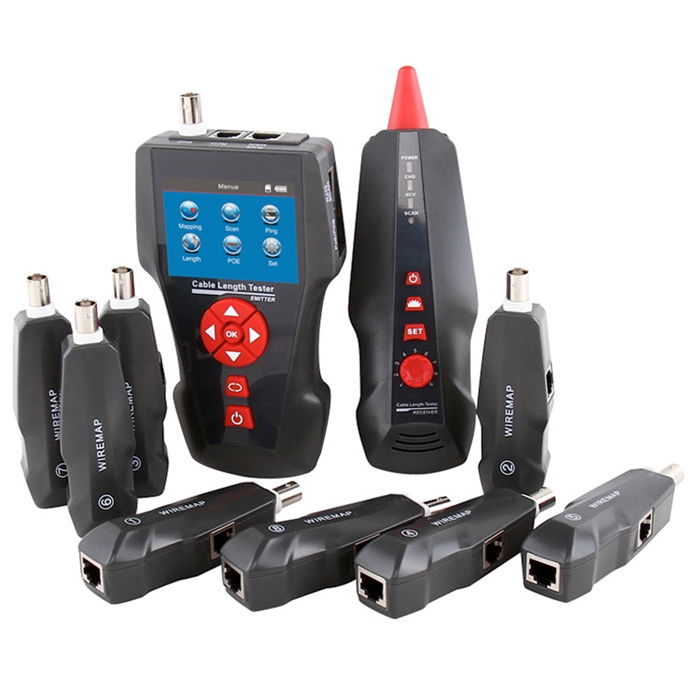

IP scanners are capable of conducting ping sweeps using Internet Control Message Protocol (ICMP), which is integrated into any IP suite. These tools help you manage your IP addresses and troubleshoot problems, and they also help you find all the IP addresses of the devices on your network and determine the status of each one (dynamic, static, available, reserved, etc.). Instead of attempting to manually manage these aspects of your network, I recommend using an IP address manager (IPAM), which includes IP scanners. Multiple subnets and an ever-changing string of devices connecting to and disconnecting from the network become problematic. It becomes pretty clear as your network scales, that manually scanning for IP addresses becomes an extremely complex task. This means that if you have multiple subnets on your network, you have to go through each individual router or subnet to determine the IP addresses within the subnet. However, this method doesn’t work across subnets. To scan for available IP addresses within the network, enter the command “arp -a,” which will spur your computer to generate a list of all active IP addresses residing in the network’s ARP folder.

Often, this can be done by simply replacing the final segment of your device’s IP address with “.255.” From here, you can use your IP address to curate your broadcast address for pinging.
#Ping scan network mac
For devices running on Mac servers, enter the command “ipconfig.” For Linux servers, enter the command “ifconfig.” This will prompt the computer to display information related to current network communications, such as the device’s own IP address, operational subnets, and other data needed to establish connectivity.Or you can use a device connected to the network to manually ping the network and view the ARP tables. If you can access your router, you may be able to simply view the client lists and get information like hostname and MAC address.
#Ping scan network how to
Picking the Best IP Scanner – My Top ChoiceĬurious how to find IP addresses on network? You may need to know about either static or dynamic IP addresses.
#Ping scan network free
SolarWinds Network Topology Mapper (14-Days Free Trial) SolarWinds IP Address Manager (30-Days Free Trial)ģ. The Impact of IP Scanners on Network Securityġ. How to Find IP Addresses of Devices on My Network It’s more approachable than some of the other tools out there and has a flatter learning curve for figuring out how to get started. My top choice for a network scanning tool is SolarWinds® IP Address Manager, as it works in an intuitive and easy-to-use way while offering a broad suite of tools and functions. Manually finding IP addresses on your network is possible, but why do it yourself when there are so many tools to help you? Not only can network scanning tools help you find IP addresses, but they can also provide extra information for monitoring, troubleshooting, and keeping your network running efficiently. Network scanning is a necessary task, but it can start off simple and rapidly become more complicated as your business gets larger.


 0 kommentar(er)
0 kommentar(er)
